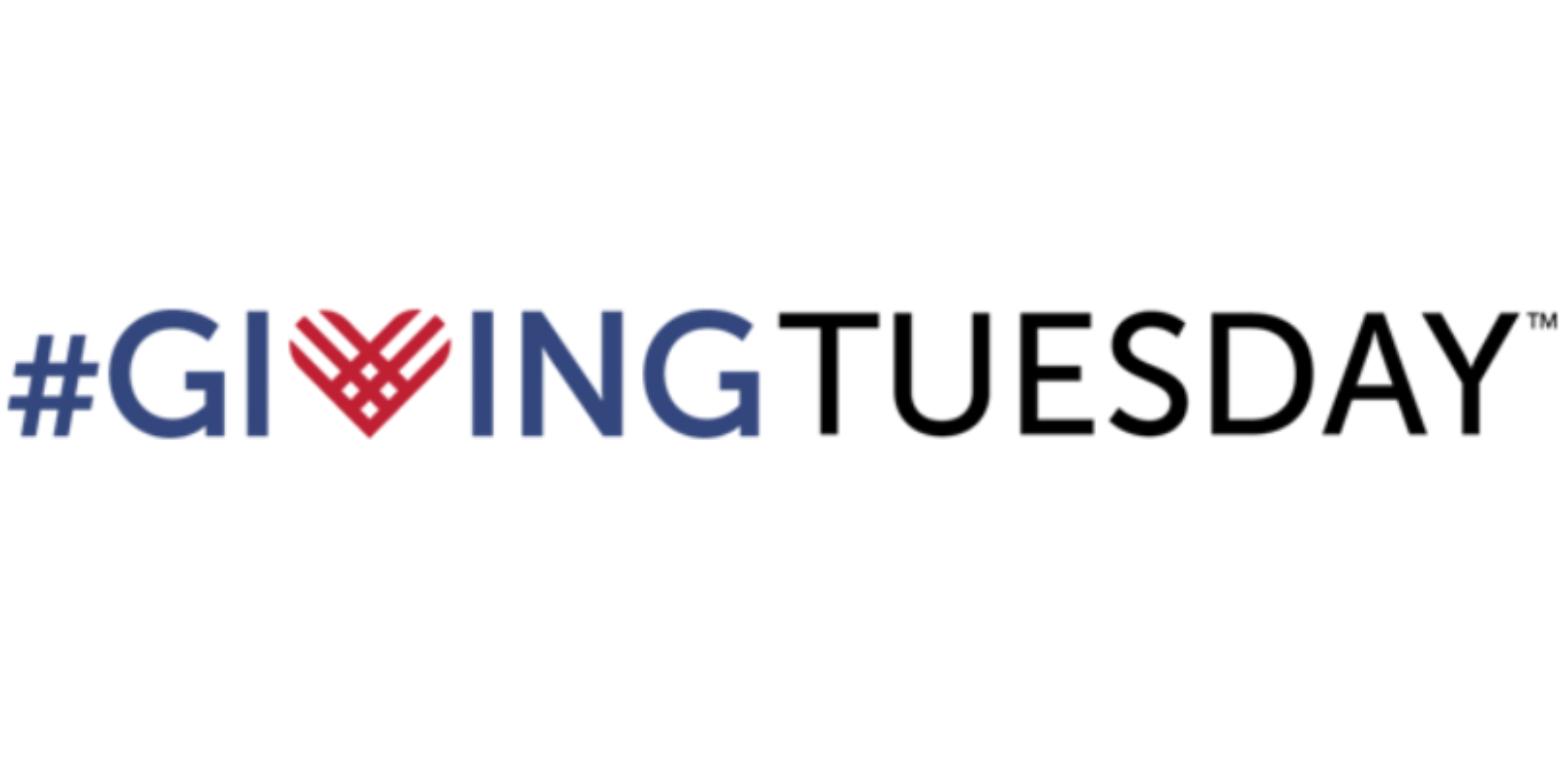Giving patterns on #GivingTuesday resemble a natural disaster, and it’s no wonder when one considers that an estimated $400 million in charitable contributions were processed on the global day of giving last year.
There were an estimated 3.6 million gifts given on #GivingTuesday in 2018 and some 14.2 billion social media mentions, according to GivingTuesday.org. The average gift was estimated to be $105.
Donations on #GivingTuesday continued a trend of growing year-over-year since its inception in 2012. Contributions could crack a half-billion dollars during this year’s kick off to the holiday giving season, held on the Tuesday after Thanksgiving — this year, Dec. 3. GivingTuesday has eclipsed $1 billion raised since its inception in 2012 and this year spun off as a stand-alone nonprofit.
Whole Whale, the New York City-based digital agency that predicted $363 million in donations on #GivingTuesday in 2018, estimates giving will rise another 26 percent this year and crack the half-billion dollar mark.
#GivingTuesday “looks a lot like a natural disaster with respect to donation behavior,” Woodrow Rosenbaum, data and insights lead for GivingTuesday.org, said on the latest episode of Fresh Research, a podcast by The NonProfit Times. “People give more and that lift has been increasing year-over-year and it’s sustained,” he said. “So this does generate a net lift on donations, without cannibalizing the rest of the year,” he said.
“There’s a big, big advantage to starting your campaign on #GivingTuesday,” Rosenbaum said. “Organizations that participate don’t just do better on the day, they do better on the entire month of December, and by large amounts,” he said.
#GivingTuesday extends the giving season and a longer giving season works great for charities, according to Rosenbaum. “What’s good is that in addition to that, those organizations are going to do better, they’re not just moving money around, it’s a net positive for organizations that participate and the sector in aggregate,” he said.
The focus on small gifts on the global day of giving makes it attractive to younger professionals and people Rotary is trying to target, according to Rotary International General Secretary John Hewko. “It’s our way of getting them in the fold, giving to Rotary, and piggybacking on #GivingTuesday,” he said. “It’s a really neat, precooked excuse to reach out to them and not find it overly aggressive,” he added.
Rotary has been careful about how to sequence #GivingTuesday efforts with other outreach and donor efforts. “We’ve layered this into other important communications, including our calendar end-of-year push,” said Eric Schmelling, chief philanthropy officer and general manager at Rotary. “It sets things up nicely for our bigger December end-of-year messaging. We’re very conscious not to overload [donors],” he said.
#GivingTuesday has experienced incredible global growth and now is celebrated in more than 60 counties, according to Asha Curran, co-founder and CEO of GivingTuesday.org. Informally, it’s held in almost every country and territory on Earth, she said during a recent Facebook event in New York City to announce new features of that platform ahead of #GivingTuesday.
Also new this year will be Giving Tuesday Kids, with a goal to reach 1 million acts of child-led generosity around the world. “It wasn’t created by us,” said Curran, but by a girl in Oakland, Calif.
#GivingTuesday’s growth has been almost entirely organic from the grassroots level. People are not being told to do something, they’re being invited, Curran said. “When you give on #GivingTuesday, you’re giving with the rest of the world. That’s a very powerful feeling,” she said.
One of the big experiments with #GivingTuesday was social media, what she described as an “incredible source multiplier,” that can harness the participatory energy of people. “Social media is a tool; it can be used for good, it can be used for bad,” Curran said at the event announcing new Facebook fundraising features.
People who give on #GivingTuesday tend to be repeat givers and come back throughout the year, according to Curran. It’s not a reaction to something negative but a celebration of impact. “Once people do it, they want to do it again,” she said.
Lots of organizations use #GivingTuesday as an opportunity to thank donors. Some of them even have found that to be a great fundraising opportunity.
“Only giving money is actually the minority behavior,” on #GivingTuesday, Rosenbaum said. “Certainly don’t limit your engagement to just asking for money,” he said. Saying thank you is a beautiful way to celebrate generosity on the day and that’s what #GivingTuesday is about, according to Rosenbaum. Volunteering in the U.S. on #GivingTuesday is almost as popular as giving money, despite the fact that most of the campaigns are asks, he added.
“It’s not fundraising Tuesday, it’s #GivingTuesday,” Rosenbaum said.










